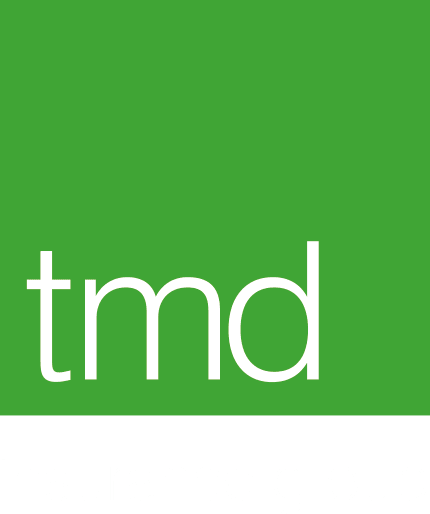RAAC update

The number of schools with RAAC issues continues to rise, with 27 more added to the list of schools and colleges affected, bringing the total to 174 confirmed cases, with mitigation work either underway or completed. It’s not just schools, either. Several theatres across the country have been affected.
Auditoriums from Motherwell, Carlisle and Cardiff to Peterborough, Dartford and Redhill have all been affected after the detection of RAAC seams in their construction. Council-owned venues have also been affected, with the Sands Centre in Carlisle and St David’s Hall in Cardiff closed until later this year, and the Forum Theatre in Romiley awaiting a surveyor’s report. Many other theatres have already completed intensive repairs, enabling them to open in time for the festivities.
RAAC widely used in the 60s and 70s
Reinforced Autoclaved Aerated Concrete, or RAAC as it is better known, was used in the 1950’s and 60s in the construction of a wide range of buildings throughout the public and private sectors. As a cheap, lightweight building material, with good insulation, it was widely used in schools, hospitals, theatres, airports, shopping centres and police stations, and some residential buildings.
Made from smooth light grey or white panels, with a bubble appearance inside that resembles an aerated chocolate bar, RAAC’s porous, lightweight properties came at a cost to its structural integrity, and it was found to be prone to cracking and weakness. In many buildings constructed using RAAC, it is well over its 30 year life span and there have been reports of roofs suddenly collapsing, although they appear in good condition.
Act now to redress potential risks
Suppose you are a building owner and it is found to be constructed with RAAC from the 1950s and 60s. In that case, it is essential you take appropriate steps to confirm the safety of any RAAC panels used in the construction of your premises.
This involves utilising the services of a qualified building surveyor or structural engineer with experience of RAAC, who can determine its condition and recommend remedial action, if required, including replacement. To find a qualified engineer, take a look at The Institute of Structural Engineers’ list of professionally registered structural engineers or contact the Royal Institution of Chartered Surveyors (RICS), who has been working with the government and buildings operators to better understand the nature of RAAC.
Consult TMD
If RAAC is found in your building and remedial action is required, it’s important to advise your insurer as soon as possible, because where damage to a structure occurs as a result of its own collapse or cracking, cover may be excluded.
Talk to TMD as soon as possible and we can advise your insurer. We can also review your cover, and should your building require remedial work, we can arrange Contract Works insurance to cover the building works whilst in progress. Also, let us know if your building is going to be unoccupied for more than 30 consecutive days and we can arrange the necessary cover. To discuss, call TMD on 01992 703 000 or email us at insurance@mcdonaghs.co.uk

